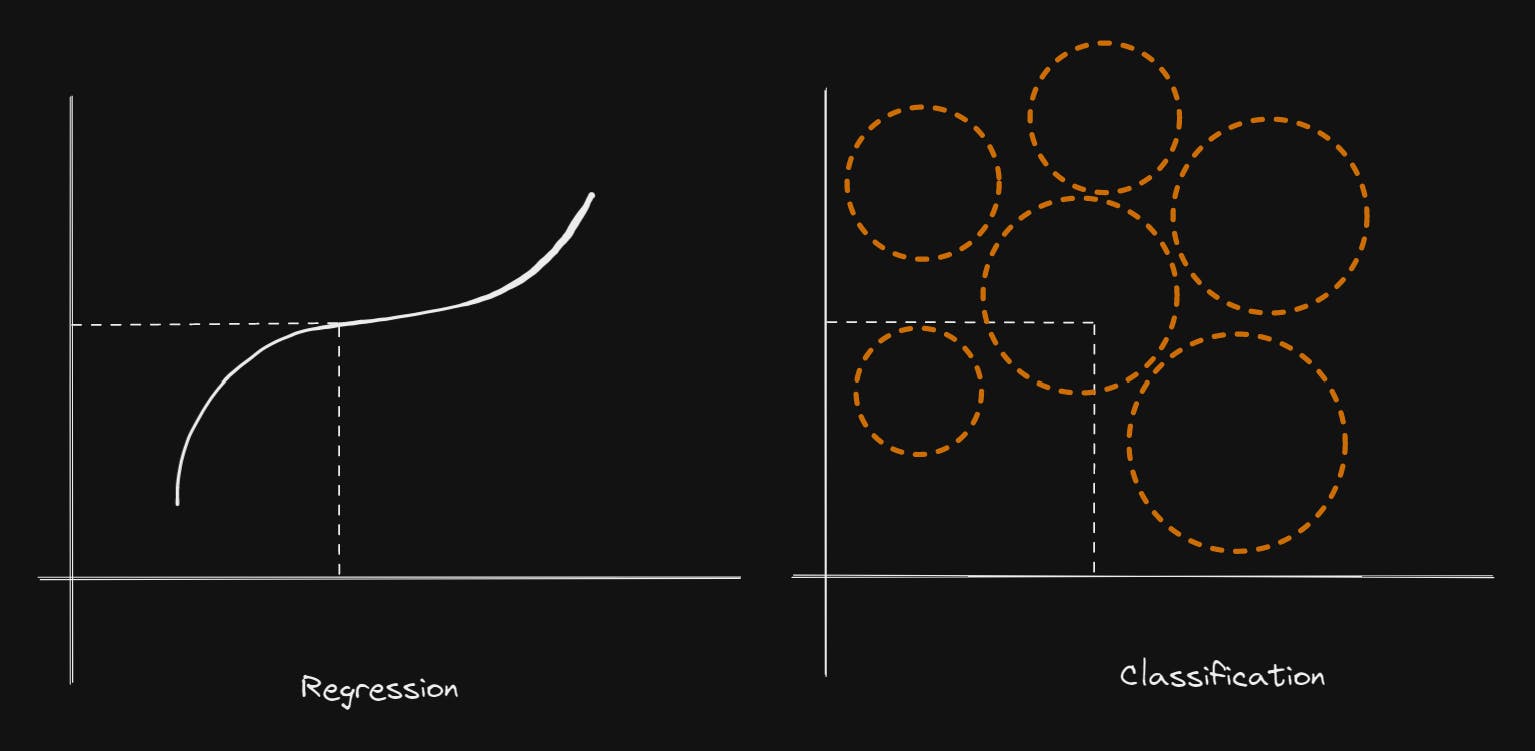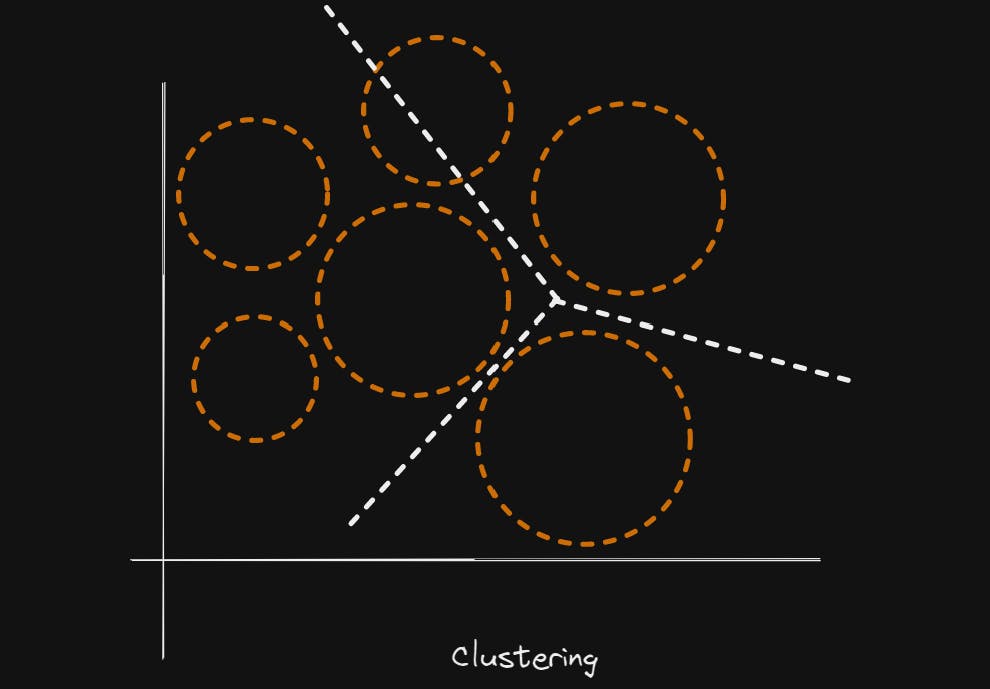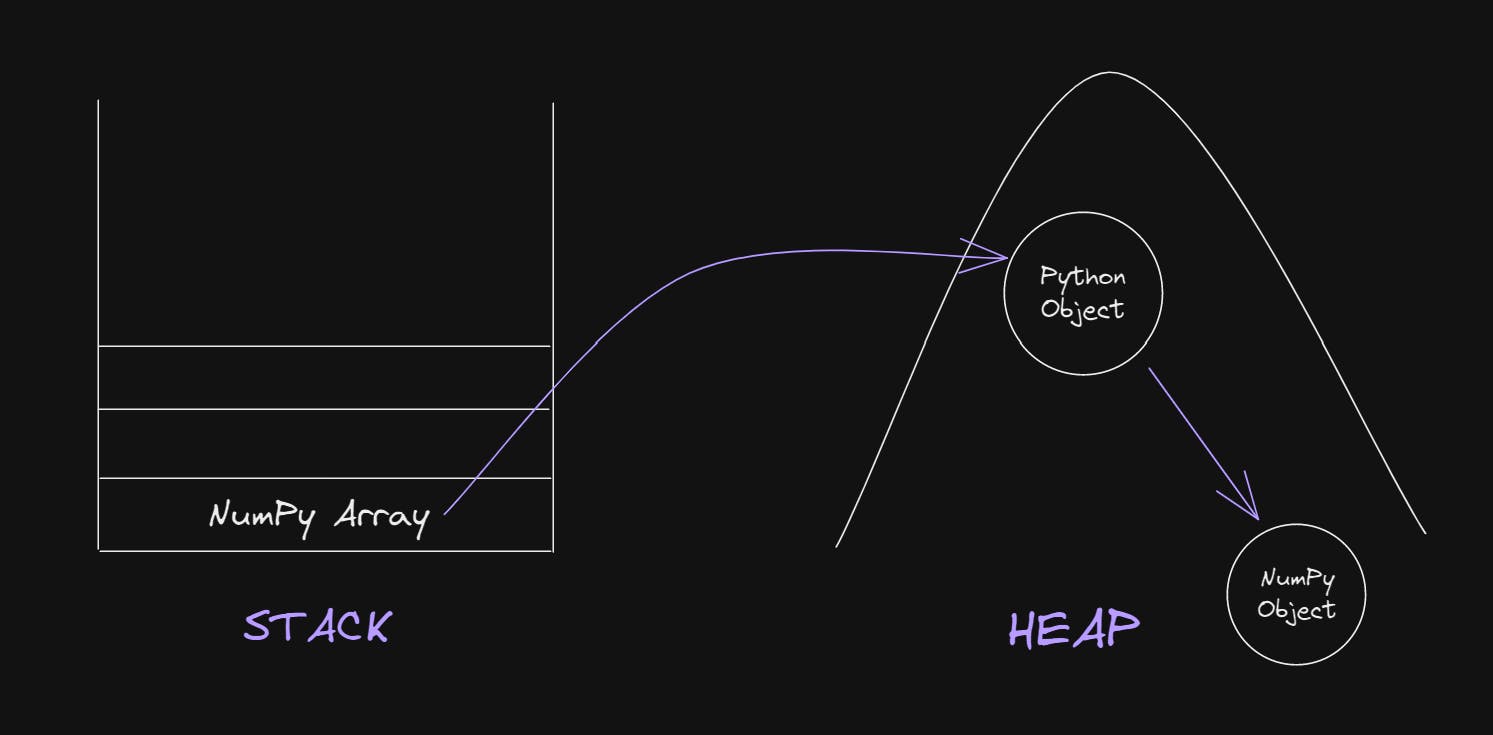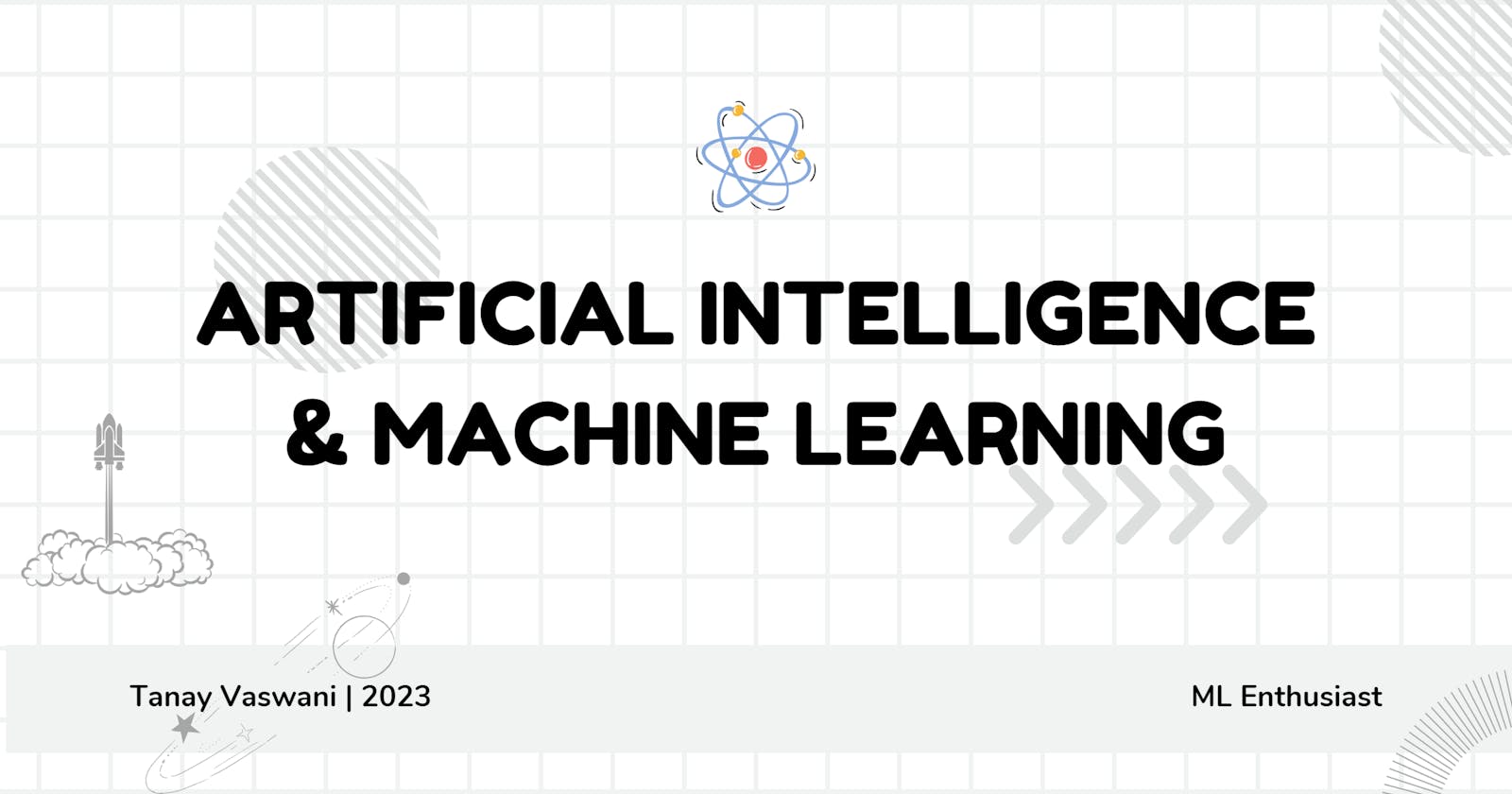Machine Learning and Artificial Intelligence: The two wheels of a motorbike! (Part 1)
What is Artificial Intelligence?
Q. How many of you think that a machine can think like a human? What are its pros and cons?
ANS: The machine even if it thinks like a human, cannot behave like a human. Humans work on the principle of biased behavior, we are taught what's right and what's wrong. We don't want machines to work that way for us.
What's the difference between machine learning and artificial intelligence?
Well, it's all about data. When data comes into the picture we know that the process of training the model with the data is called machine learning. Machine learning is the subset of AI to train models for predicting the output.

Let's define Deep learning
The introduction of Deep Neural Networks(DNN) in our model to make it work more precisely and to imitate how humans think, known as Deep Learning. It is a subset of machine learning.

So, we can think of it like this:

Summarizing the basics with the help of an image below:-

Training Data: The data which is already provided, is usually for training.
Mathematical Algorithms: Pre-made algorithms which justify the input and output of the training data.
Generated Model: After all the modifications and stuff we get a new better model which is now ready to predict the output for a new input that was not provided in the training data collection, the output of this new input data(test data) will be based on the experience that model has gained when the initial given data was passed into it.
Test Data: The new data which we pass to get further new outputs for different use cases.
Output: Results that come after we pass the test data into our Generated model.
Machine Learning & Its Types
Machine learning can be divided into two types:
Supervised Learning: When you have both 'x' and 'y' i.e. both input and output then it is known as supervised learning. This further can be classified into two parts:
Regression: When you have continuous values (set of output data), simply
for every input you have a specific output then it is known as Regression, in short, continuous outputs for continuous inputs.Classification: When you have a range of output data (discrete data or data in the form of packets) for every input data, in simpler terms you can classify in which range/class the data will fall, then it is known as Classification.

Unsupervised Learning: When you only have 'x' i.e. just input and you need to figure out the output on your own, then it is known as unsupervised learning.
In unsupervised learning we need to create our clusters through clustering algorithms, i.e. it is kind of similar to "Classification" but here we don't know for which point it belongs to which range/classes.

NumPy and The Concept of Numbers in ML
Everything in machine learning revolves around numbers, generally, numbers exist in the format of Arrays(1D or 2D or Multi-D). Whatever you're processing, you're processing the numbers while performing machine learning operations. In python we don't have contiguous memory allocation so we don't have the built-in concept of Arrays here. What we have is "Lists" which is a mixture of "ArrayLists" and "LinkedLists".
When we mix ArrayLists and LinkedLists we have a solution but still, this is not a good way of solving problems because still we do not have a constant amount of time. Especially when we are dealing with the numbers. We want to do something very optimal which can do operations such as that on Native Processing(On the level of the operating system).
Now we need Python to have a native implementation. NumPy is going to help us out in this situation.

Let's talk about some terms now:-
Iterable: A thing you can iterate over is iterable.
Indexable: Anything which can have an index is called indexable.
Mutable: If you can change the value of any variable after assigning it a particular value, then it is called mutable.
to be continued....
